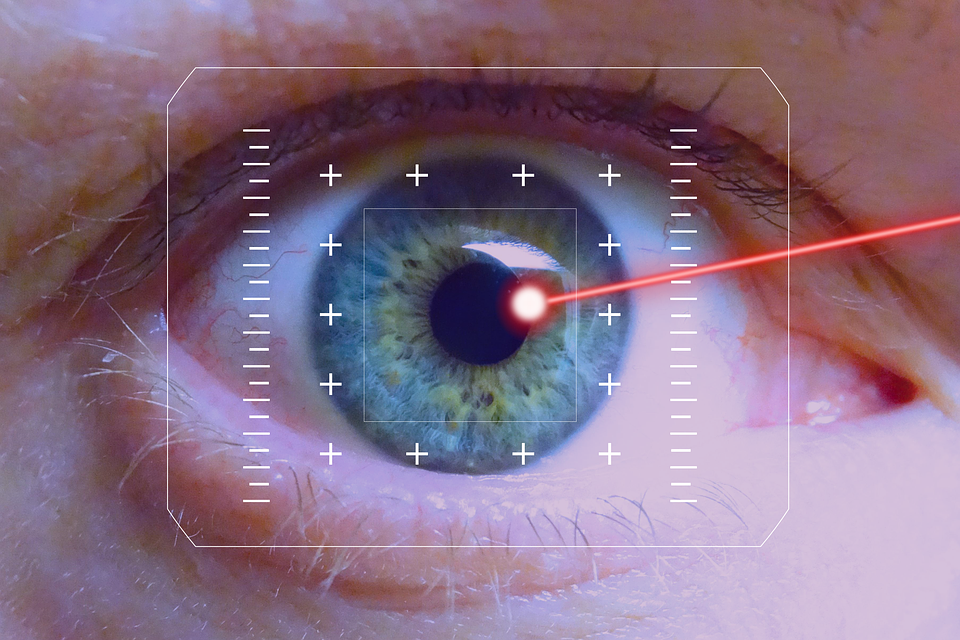Laser therapy remains a relatively new treatment in the medical industry, with uses such as tooth-whitening, eye surgery, hair regrowth, cosmetic tattoo removal and general pain relief. Depending on the procedure, this radiation either penetrates deep into the tissue, or focuses more superficially on the epidermis or skin. Aiming photonic energy at inflamed areas stimulates cells to begin the healing process by heightening their metabolism levels. This increases blood flow to the area and reduces inflammation and tension, promoting painless movement. Many chiropractors now use laser therapy to treat bodily pain and negate the need to take oral medication, doubly benefitting the patient.
Treatment normally takes place over 8 to 14 sessions, for as little as several minutes each, and often appeals to patients who want to avoid more invasive treatments. Indeed, laser therapy has significantly changed the medical world: patients need no longer be subjected to lengthy operations involving cutting through tissue and month-long recoveries. The customer-friendly nature of laser therapy has become one of its most successful selling points. Depending on the specific procedure, an endoscope may be used to control the laser and observe body tissues after being inserted into the body via the mouth. In cosmetic procedures such as acne treatment, the laser is instead pointed at the skin directly. Often, the laser is panned over a large area of skin so as to maximise the surface area covered by the procedure in a single session.
One does have reason to worry about the risks of laser therapy due to its novelty (and thus, lack of an established track record). Intuitively, the radiation emitted by a laser seems unnatural and dangerous to use on delicate areas of the body, such as the eyes. However, as it stands, laser therapy is generally safe and inflicts no proven side effects apart from that of the general anaesthesia that may be administered to a patient for some procedures. While this type of therapy has caused existing allergies in the treated area to flare up temporarily, it does not itself cause any novel allergic reactions. Some patients have reported the feeling of a laser on their skin to have produced a pleasant sensation, others find it painless and yet others have reported pain on the face and neck, varying with the intensity of the radiation used. Dermatologists often provide some numbing cream before the procedure and ice after to minimise any pain. Due to its relatively safe reputation, laser therapy has grown exponentially in its popularity as an alternative to traditional operative procedures.
Nevertheless, as it is a procedure requiring specialist equipment and expertise in its administering, the monetary costs are unsurprisingly high. A single session can often cost up to $1,031 depending on the procedure, and one might need as many as 4 sessions a week to gauge its effectiveness. Even so, in some cases such as the healing of scars, laser therapy may simply be unable to fully restore the skin; equally, it is possible that no significant improvements are observed. Essentially, patients exploring laser therapy must be prepared for the possibility that their money will be wasted in this event-admittedly a large gamble to invest in. Potential patients are hence advised to develop realistic expectations of the results based on expert information, and not to be discouraged by the lack of an immediate effect.
Laser therapy is increasingly widely available in clinics, beauty salons and hospitals. Despite its wide availability, it is important to have an indication that the person facilitating the treatment is trustworthy, sufficiently reputable or, at least, well-versed with the procedure.


